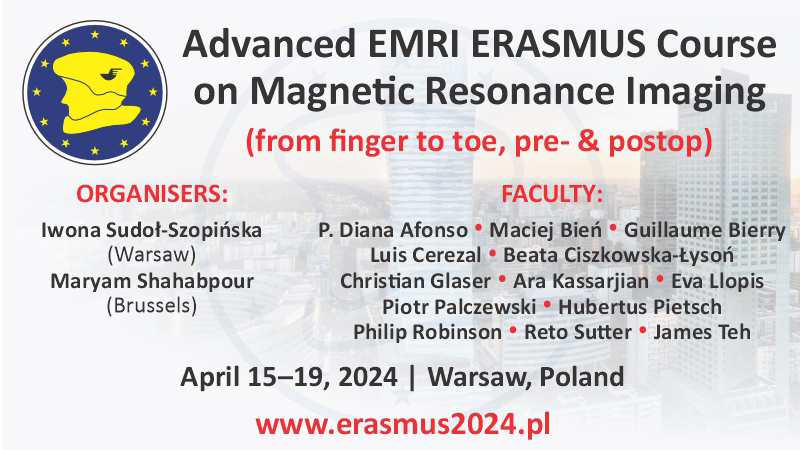Will transoesophageal echocardiography become a standard tool for anesthetists to assess haemodynamic status during non-cardiac surgeries? Case report and literature review
Małgorzata H. Starczewska, Orest Stach, Andrzej Kański
 Affiliation and address for correspondence
Affiliation and address for correspondenceA 53-year-old male, with no history of cardiovascular diseases, underwent elective extended right hemihepatectomy for large metastatic tumor. Approximately 2 hours after the start of procedure sudden onset of severe hypotension associated with profound desaturation and significant fall in end-tidal carbon dioxide pressure was noted. Transoesophageal echocardiography was performed and massive air embolism was confirmed. Patient was turned into Trendelenburg position, inspired oxygen was increased to 100% and positive end-expiratiory pressure turned up to 10 cm H20. Patient was further resuscitated with iv fluids, blood products and vasopressors under surveillance of transoesophageal echocardiography. In this report we present a case in which intraoperative use of transoesophageal echocardiography by trained anaesthetist helped to immediately identify the cause of sudden hypotension and hypoxaemia. Transoesophageal echocardiographywas also a valuable tool for direct monitoring of efficacy of instituted treatment.






